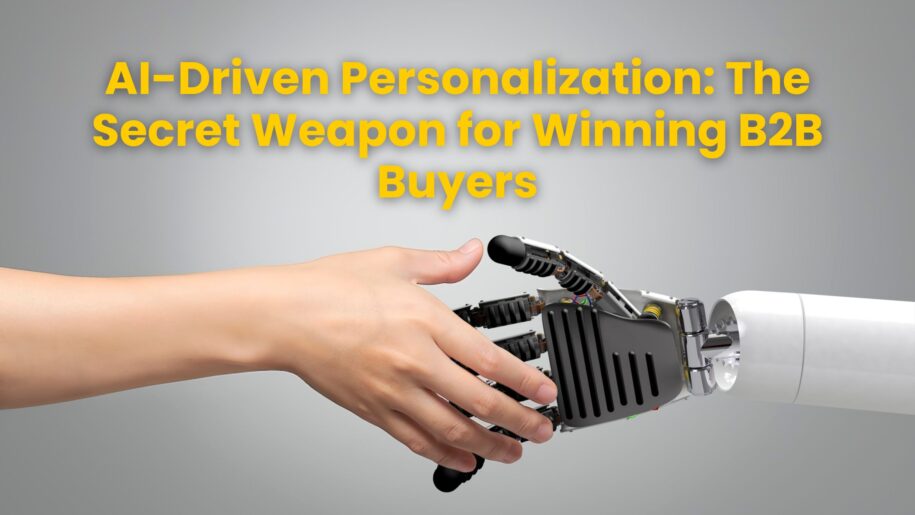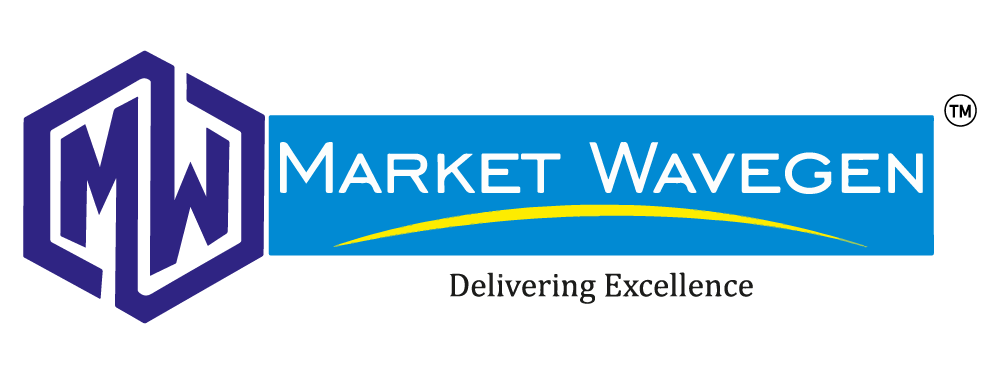In a world where inboxes are flooded, decision-makers are time-starved, and attention spans are shrinking, one-size-fits-all marketing is dead—especially in B2B. If you’re still relying on static email sequences, generic ads, and broad targeting, you’re not just behind the curve—you’re invisible.
Enter AI-Driven Personalization—the new currency of relevance, trust, and conversions in B2B marketing.
Why Personalization Isn’t a “Nice-to-Have” Anymore
B2B buyers today expect the same level of personalized experiences they get as consumers. When 74% of B2B customers say they choose the vendor that first adds value, not just sells—it’s clear: personalization is no longer optional. It’s survival.
But here’s the challenge: B2B journeys are complex, multi-touch, and involve entire buying committees. You can’t scale true personalization with manual effort. That’s where AI changes the game.
From Personalization to Hyper-Personalization: What AI Makes Possible
AI in B2B marketing is enabling a shift from simple “first name” personalization to contextual, behavioral, and predictive personalization across every touchpoint.
Here’s how:
- 🔍 Predictive Analytics: AI analyzes historical data to forecast what content or offers will resonate with a specific account or buyer.
- 🧠 Intent Data + AI: Know what your prospects are researching before they even hit your website. Then serve them personalized landing pages, ads, and sales content.
- 🎯 Account-Based Marketing (ABM): AI helps prioritize high-intent accounts and personalize campaigns at scale based on firmographics, technographics, and behavioral signals.
- 🤖 AI-Powered Chatbots & Email: Smart tools that adapt tone, timing, and message based on real-time interactions and past behaviors.
Real-World Impact: What Winning B2B Teams Are Seeing
Let’s talk results—not just theory.
✅ A SaaS firm used AI to segment accounts based on digital body language and personalized outreach. Result? 38% increase in SQLs and 22% higher win rates.
✅ A manufacturing company integrated AI into their martech stack to tailor website content dynamically. They saw a 3X increase in engagement and a 41% rise in demo requests.
✅ A B2B fintech startup used AI to score leads and align them with the right sales rep. Outcome? Faster deal cycles and shorter time-to-value.
Future-Proofing Your Strategy: AI + Human Creativity
Here’s the truth: AI doesn’t replace marketers. It amplifies them.
The most successful B2B marketers today combine machine learning with human empathy—using AI for data-crunching, segmentation, and predictions, and humans for crafting brand voice, storytelling, and value propositions.
This hybrid approach isn’t just efficient—it’s unbeatable.
How to Get Started with AI-Driven Personalization
- Audit your data ecosystem – Are your CRM, marketing automation, and analytics tools integrated?
- Invest in AI-powered martech – Tools like 6sense, Mutiny, Drift, and Clearbit are game changers.
- Define your ICP and trigger signals – AI is only as good as the inputs. Be clear on what matters.
- Start with micro-personalization – Test headlines, subject lines, and CTAs tailored by segment or persona.
- Scale with confidence – Once you see results, expand personalization across channels: email, web, paid, social, sales enablement.
Final Thoughts: It’s Personal or It’s Pointless
In 2025 and beyond, the winners in B2B won’t be the loudest—they’ll be the most relevant. AI-driven personalization is your ticket to building relationships at scale, driving real revenue, and staying ahead of competitors still stuck in the spray-and-pray era.
So the question isn’t whether to personalize—it’s how fast you can start using AI to do it better than anyone else


Leave a Reply